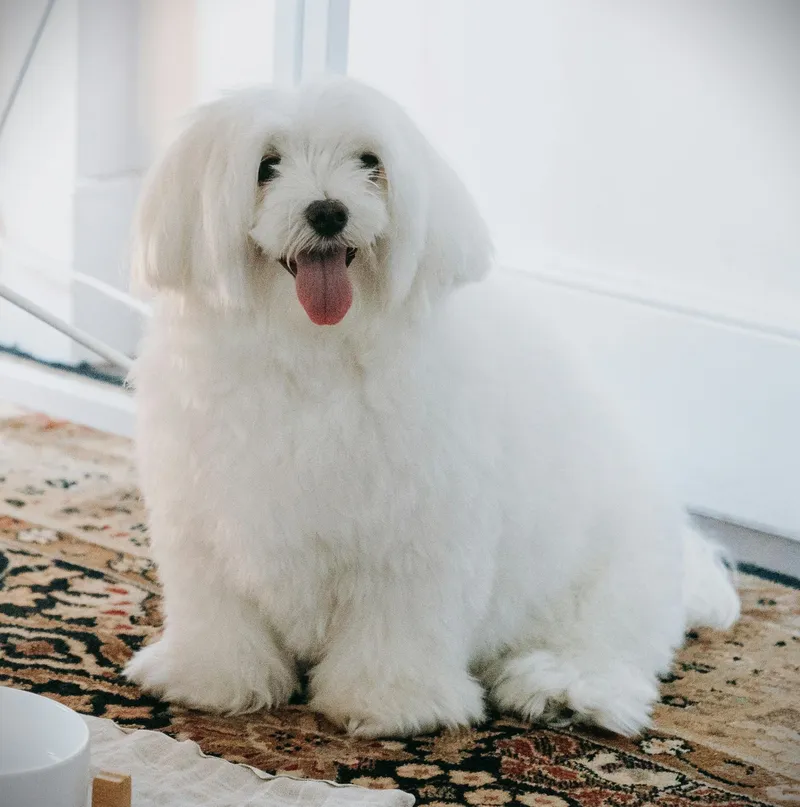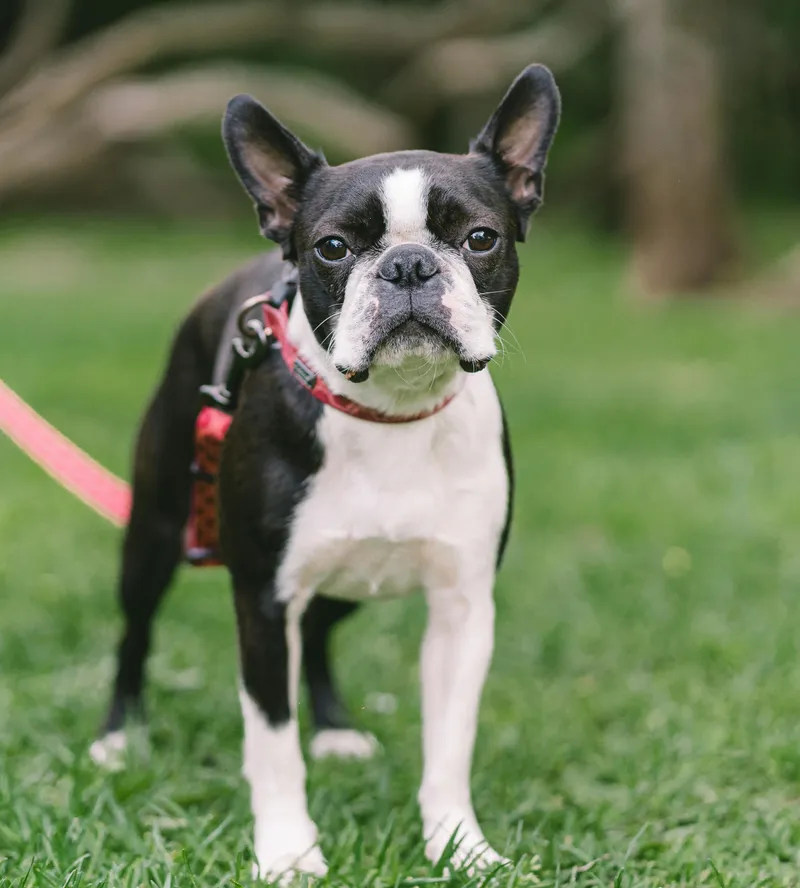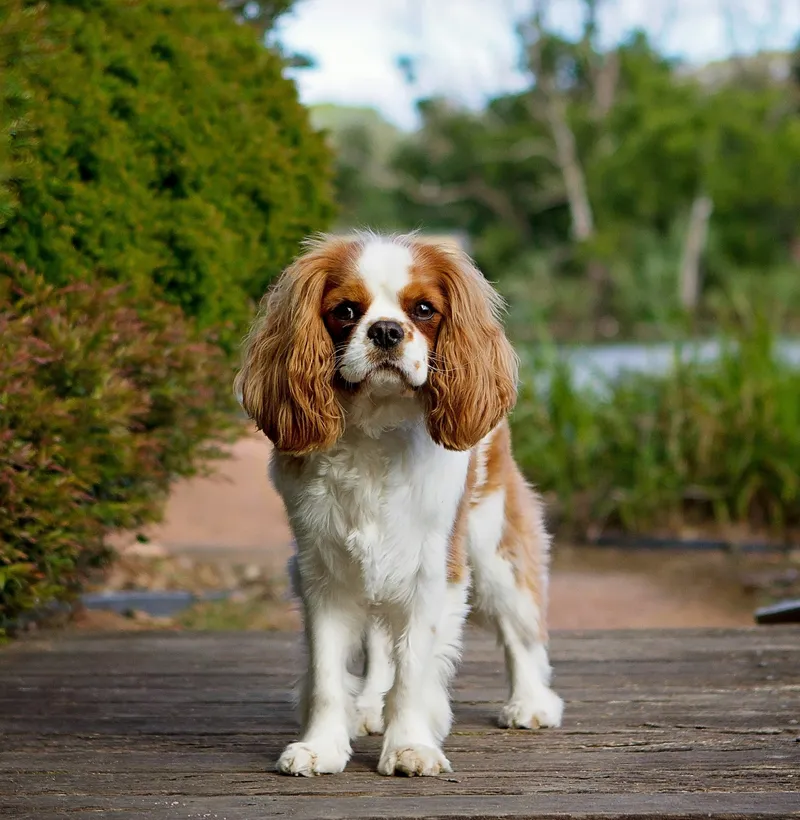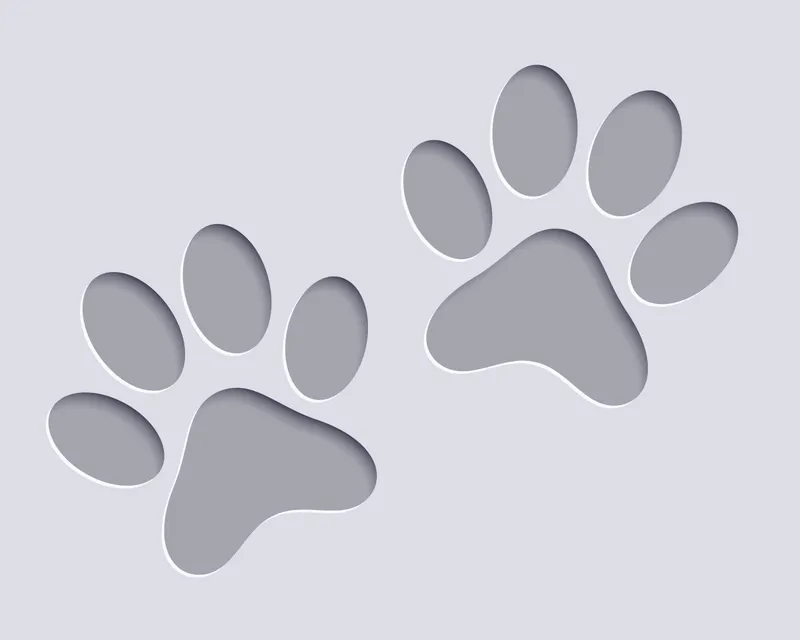Havanese
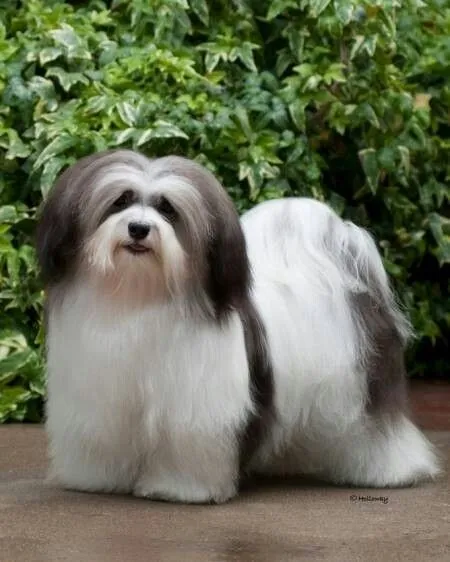
Description
The Havanese is a small, sturdy dog breed known for its playful and affectionate nature. Originating from Cuba, the Havanese is part of the Bichon family and has a rich history, often associated with the Cuban aristocracy. They have a long, silky coat that can come in a variety of colors, including white, black, chocolate, and combinations of these. Havanese dogs are often described as being both charming and lively, making them excellent companions for families and individuals alike.
Personality
Havanese are known for their friendly and sociable temperament. They are affectionate dogs that thrive on human interaction and are often very loyal to their families. Their playful and curious nature means they enjoy engaging in activities and games. They are typically good with children and can get along well with other pets. Havanese are also intelligent dogs, making them relatively easy to train, though their intelligence can sometimes lead to a stubborn streak.

Care Requirements
Havanese require regular grooming to maintain their beautiful coat, ideally every 4 to 6 weeks, along with daily brushing to minimize tangles and mats. They have moderate exercise needs and benefit from daily walks and playtime to keep them physically and mentally stimulated. Havanese are generally healthy, but like all breeds, they are prone to certain health issues, including hip dysplasia and patellar luxation, so regular veterinary check-ups are important. Additionally, they thrive in a loving home environment and do best with companionship, so they should not be left alone for long periods.
Suitable For:
- Families with children
- Homes with other dogs
- First-time dog owners due to their high trainability
- Those who enjoy moderate exercise and play
- Owners who have time to socialize them and enjoy their sociability
Not Suitable For:
- Those looking for a silent or quiet dog
- People seeking a highly protective or guard dog
- Those who prefer a very high or very low energy dog
- Individuals or families who are away often, as they thrive on interaction
- Homes where barking could be a problem (apartments, housing with strict noise regulations)
Physical Characteristics
Havanese dogs are small in size, typically weighing between 7 to 13 pounds and standing about 8.5 to 11.5 inches tall at the shoulder. They have a well-proportioned body with a slightly longer than tall frame. Their coat is one of their most distinguishing features, consisting of a double coat that is soft and silky, requiring regular grooming to prevent matting. The breed has expressive dark eyes and a gentle, friendly expression.
Height
Male: 8.5" - 11.5"
Female: 8.5" - 11.5"
Weight
Male: 7 - 13 lbs
Female: 7 - 13 lbs
Life Expectancy
14 - 16 years

Breed Profile
Breed Characteristics
Maintenance Requirements
Breeds Similar to Havanese
Based on temperament, size, and care requirements, these breeds share similar characteristics:
Frequently Asked Questions
Affiliate Disclosure: Pet Breed Hub participates in affiliate programs. We may earn a commission from qualifying purchases made through links on this page, at no additional cost to you. These commissions help us maintain this free resource. Learn more
Recommended Products for Havaneses
Fun Facts
The Havanese breed originated in Cuba and was named after the country's capital, Havana. This breed was developed from the now extinct Blanquito de la Habana, also known as the "Havana Silk Dog", and was historically kept as a luxury pet by the Cuban aristocracy.
The Havanese has a unique "springy" gait, which is a result of the breed's structure and playful, spirited personality. This breed is recognized for its characteristic toepad walk, or "dance," which appears as a lively prance.
Unlike many other breeds, Havanese dogs are known for their adaptability, making them excellent companions in a variety of living situations. They can thrive in both apartments and large homes, and they adjust well to their owner's lifestyle, whether it is active or more relaxed.
The Havanese breed played a significant role in the history of performing dogs. In the mid-19th century, this breed was often seen in European circuses and traveling shows, showcasing their agility, intelligence, and trainability.
Due to their Cuban origins, Havanese dogs hold a special cultural significance in Cuba. They are considered the national dog of Cuba and are celebrated in Cuban art, literature, and music. Despite their small size, these dogs have a big cultural footprint in their native land.
